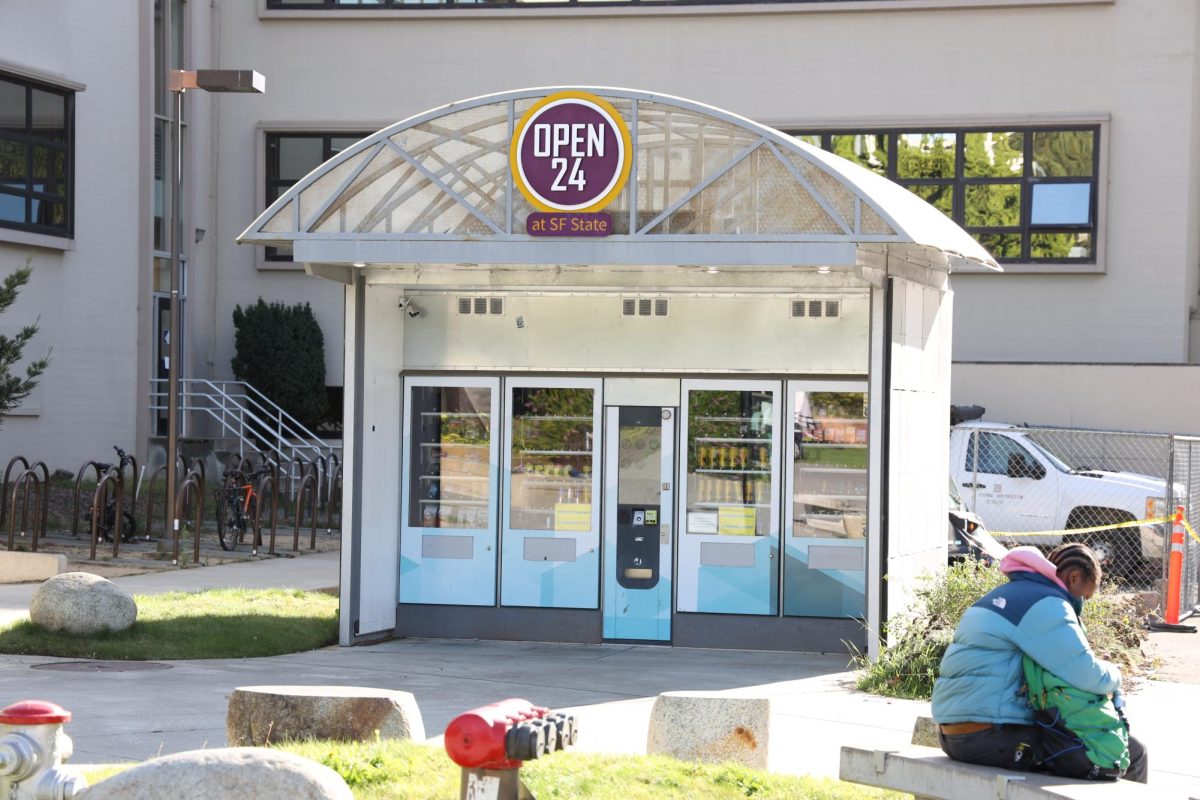On my daily trudges across campus between classes, I don’t usually stop to concern myself with other people’s activities.
Lately, however, I’ve been noticing people riding peculiar new devices called “hoverboards,” and it has me very worried.
While witnessing someone glide around on a hoverboard is a strange sight to behold, that’s not what bothers me. In fact, there are terrifying issues that have come to light about these miniature scooters.
When I first saw someone riding one, I thought they were a pointless invention that essentially replaces walking for people who are perfectly able.
But after seeing more of them, I began to think about how safe these things really are – for the riders as well as those around them. Then, suddenly, the possible dangers of hoverboards became all too real.
Reports about dozens of fires caused by the batteries in the hoverboards inexplicably exploding began to emerge. Most recently, one is suspected in a house fire in Santa Rosa that killed the family’s two dogs trapped inside.
The United States Consumer Product Safety Commission has responded to these reports and opened investigations into the incidents, according to a statement on the commission’s website.
“I have directed agency staff to work non-stop to find the root cause of the fire hazard, how much of a risk it might present, and to provide consumers with answers as soon as possible,” Elliot F. Kaye, chairman of the U.S. CPSC, said in the statement.
When I first heard this information, my thoughts immediately jumped back to the people who ride hoverboards on campus.
If multiple people are using these devices on campus and leaving them in classrooms, there is a legitimate possibility that one could malfunction and damage school property, or even worse, harm students and faculty.
SF State is supposed to be a “no-wheels campus” to begin with. Bicycles, skateboards and the like must be kept in designated areas, but as most students know, this isn’t really the case.
However, almost being knocked over by a skateboarder racing down a path on campus doesn’t bother me nearly as much as the idea of a ticking time bomb in the building that could burst into flames at a moment’s notice.
This is concerning, considering that the possibility of spontaneous combustion is not the only fault with the boards. There have been increasing reports of injuries and damage caused by people falling off their hoverboards, whether it was their own fault or the fault of flaws in the design of the balancing system of the boards themselves.
“While the fire hazard has generated significant attention, I do not want to downplay the fall hazard,” Kaye said. “Some of these injuries have been serious, including concussions, fractures, contusions/abrasions, and internal organ injuries.”
The threat of the potential dangers of these products is still lingering, and as a result, huge distributors like Amazon have even begun offering refunds for any hoverboards they’ve sold.
And though new rules are coming to hoverboard riders in California, SF State has taken no steps regarding the possible danger these boards present.
Restrictions should be introduced to confine hoverboards to designated safe areas for storage on campus. With the rate of hoverboard-related catastrophes growing every day, I can only hope these restrictions come sooner rather than later.
[media-credit name=”Jared Javier” align=”aligncenter” width=”453″] [/media-credit]
[/media-credit]






